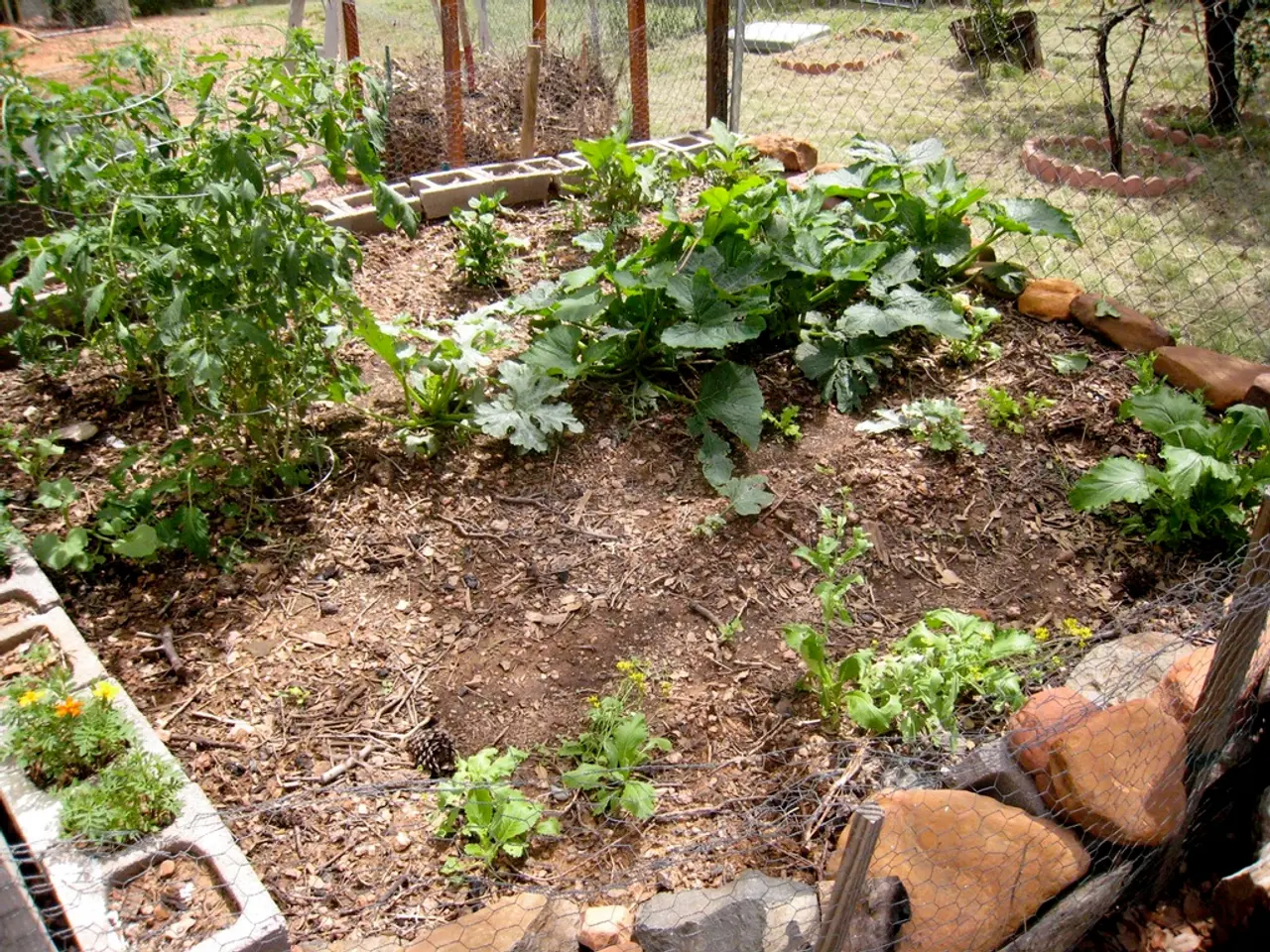Mulching: Dos and Don'ts for Plant Health and Soil Quality
Mulching, a common gardening practice, brings numerous benefits to plants and soil. It involves covering the ground with a layer of organic or inorganic material, enriching the soil and enhancing its visual appeal. However, it's crucial to understand the dos and don'ts of mulching to maximize its advantages.
Mulching promotes plant growth by adding organic matter and nutrients to the soil, preventing compaction, and regulating temperature. It also suppresses weeds by blocking sunlight and conserves water by reducing evaporation and soil erosion. Additionally, it improves the overall look of a garden, giving it a tidy, manicured appearance.
However, improper mulching can lead to issues. Volcano mulching, or piling mulch against the trunk, can create a moist environment inviting rot, pests, and diseases. Choosing the wrong type of mulch can compact the soil and hinder plant growth. Using too much mulch can suffocate roots, hinder water infiltration, and promote fungal diseases.
To ensure the best results, choose mulch materials suited to your region's climate and soil conditions. In cool areas with well-drained, sandy soils, organic mulches like bark or compost are ideal for moisture retention and temperature regulation. In hot, dry regions, heavier mulches protect roots from heat stress and prevent rapid evaporation. Always adapt mulch type and application to local conditions and seasonal weather patterns to optimize plant health and soil quality.



